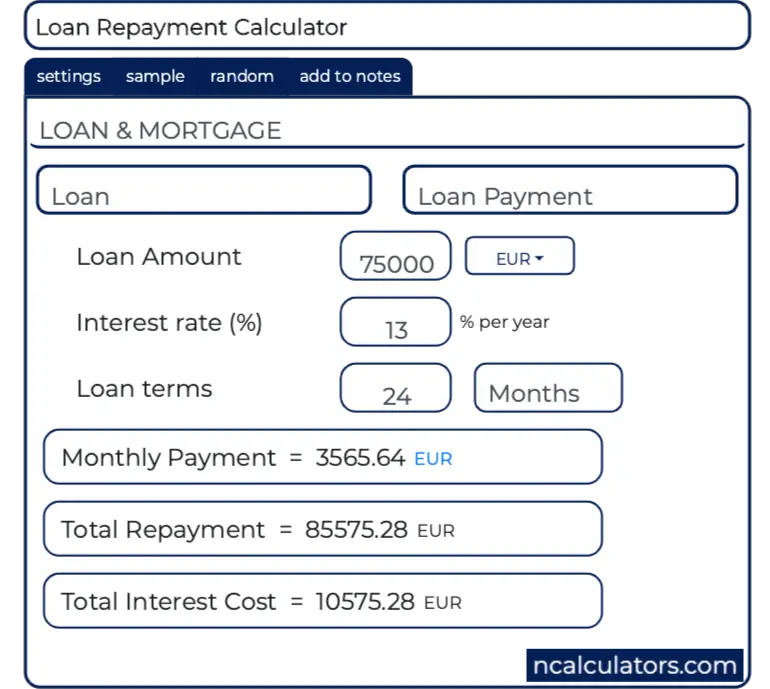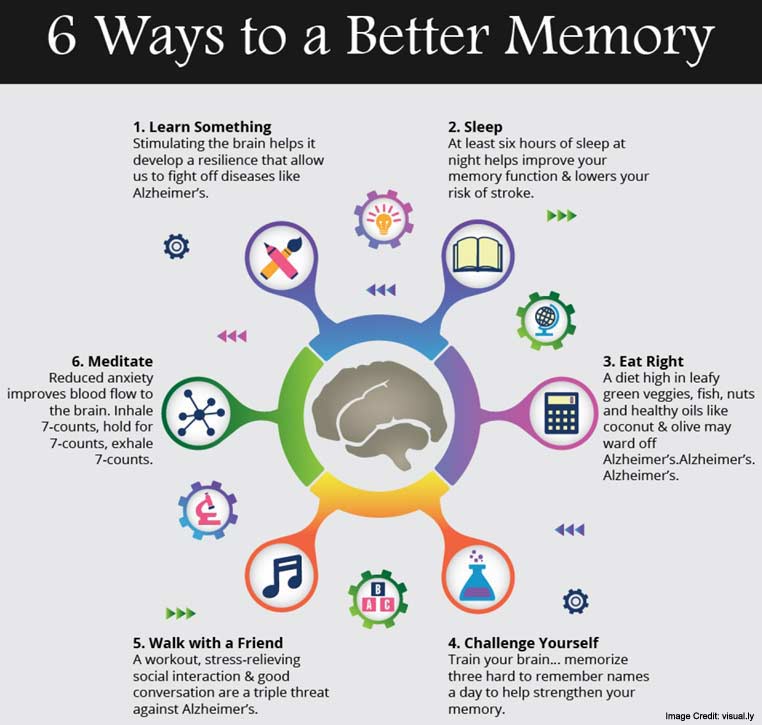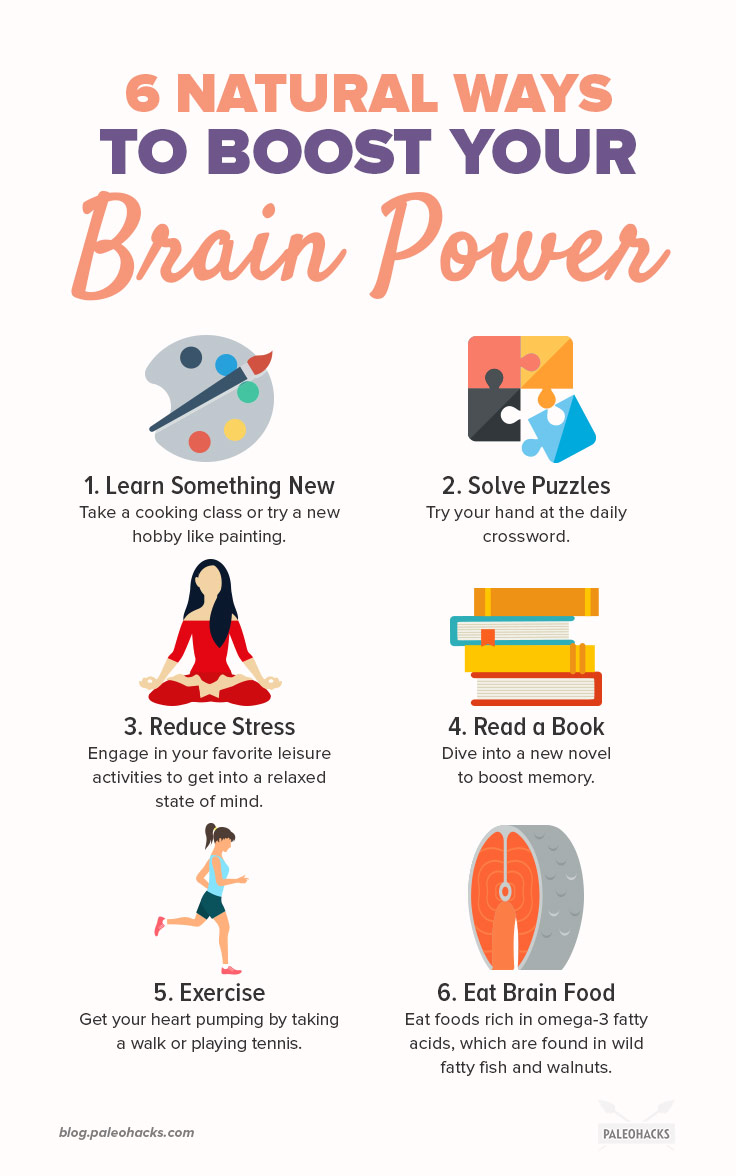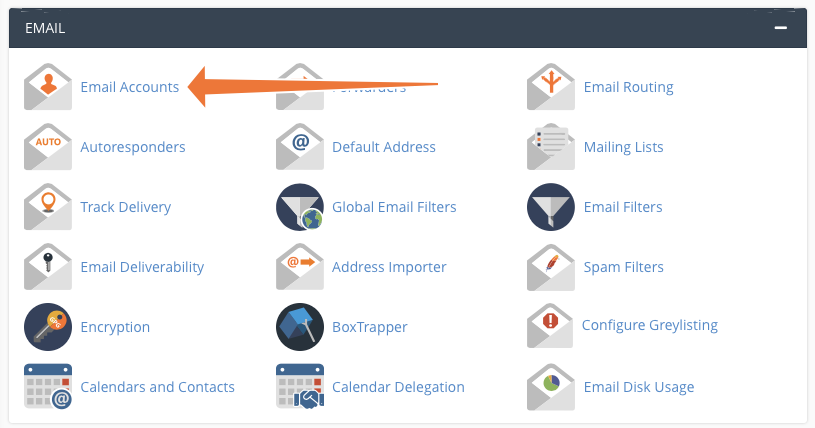As a small business owner, you may encounter various legal issues that require careful attention. While some of these issues may seem minor, others can have a significant impact on your business's bottom line. It is essential to be aware of the legal challenges that could potentially arise and be prepared for any eventualities.
Common Legal Issues Faced by Small Businesses
One of the common legal issues faced by small businesses is ensuring compliance with state and federal laws. As a business owner, you must understand the relevant laws and regulations that govern your industry. Failure to comply with these laws can result in hefty fines, legal liabilities, and damage to your business's reputation.
Another legal issue that small businesses face is protecting their intellectual property rights. Intellectual property includes trademarks, copyrights, and patents. These are valuable assets for any business and should be protected against infringement. It is advisable to consult an experienced intellectual property attorney to handle these matters.
Employment law is yet another critical area of legal consideration for small business owners. As an employer, you are required to adhere to labor laws that regulate employee relations, such as wage and hour laws, anti-discrimination laws, and workplace safety regulations. Failure to comply with these laws can result in significant legal costs and reputational damage.
Top Common Legal Issues Small Business Owners Are Facing Today
In addition to the above legal challenges, small business owners face other common legal issues that are becoming increasingly prevalent in today's business environment.
Cybersecurity and Data Privacy
Small businesses are prime targets for cybercriminals seeking to steal sensitive data, such as customer information and financial data. It is critical to implement robust cybersecurity measures and data privacy policies to prevent data breaches and protect against potential legal liabilities.
Contract Disputes
Contract disputes can arise from various business activities, such as supplier agreements, client contracts, and distributorship agreements. Disputes can lead to costly litigation and damage your business's reputation. Hiring a qualified attorney to review and negotiate your contracts can help prevent disputes and protect your legal interests.
Regulatory Compliance
Regulatory compliance refers to the set of rules and standards that businesses must abide by at the federal, state, and local levels. It can be a complex and time-consuming process for small business owners who may not have the resources or expertise to interpret and comply with the extensive regulations. Working with an attorney who specializes in regulatory compliance can help ensure that your business operates within the legal framework.
Insurance Coverage Disputes
Insurance coverage disputes are a common legal issue that small business owners face. Insurers may deny claims for various reasons, such as policy exclusions, insufficient coverage limits, or late filings. Disputes can arise if the insurer fails to provide the coverage you are entitled to under your policy. Working with a qualified insurance coverage attorney can help resolve such disputes quickly and efficiently.
Small Business Legal Issues: Overview, Examples
Small business owners must navigate a vast landscape of legal issues, which can seem overwhelming. Here are some examples of other legal issues that small business owners may face:
Real Estate Disputes
Real estate disputes can arise from various issues, such as lease agreements, zoning regulations, property boundary disputes, and environmental concerns. Disputes can lead to costly litigation and significant disruptions to your business operations.
Business Formation and Structure
Business owners must decide on the legal structure of their business, such as sole proprietorship, partnership, limited liability company (LLC), or corporation. Each legal structure has its advantages and disadvantages, and it is essential to choose the structure that best suits your business goals and objectives. Consulting with an experienced business attorney can help make this decision.
Collection and Contractual Disputes
As a small business owner, you may encounter issues related to collections and contractual disputes, such as unpaid invoices, disputes with vendors or clients, and breach of contract claims. Consulting with a qualified attorney can help protect your legal interests and resolve disputes in a timely and cost-effective manner.
Conclusion
Small business owners must be aware of the legal issues they may face and take proactive measures to mitigate the risks. Hiring an experienced attorney can help protect your legal interests and ensure that your business operates within the legal framework. By implementing robust legal strategies and being proactive, you can protect your business from potential legal liabilities and costly disputes.








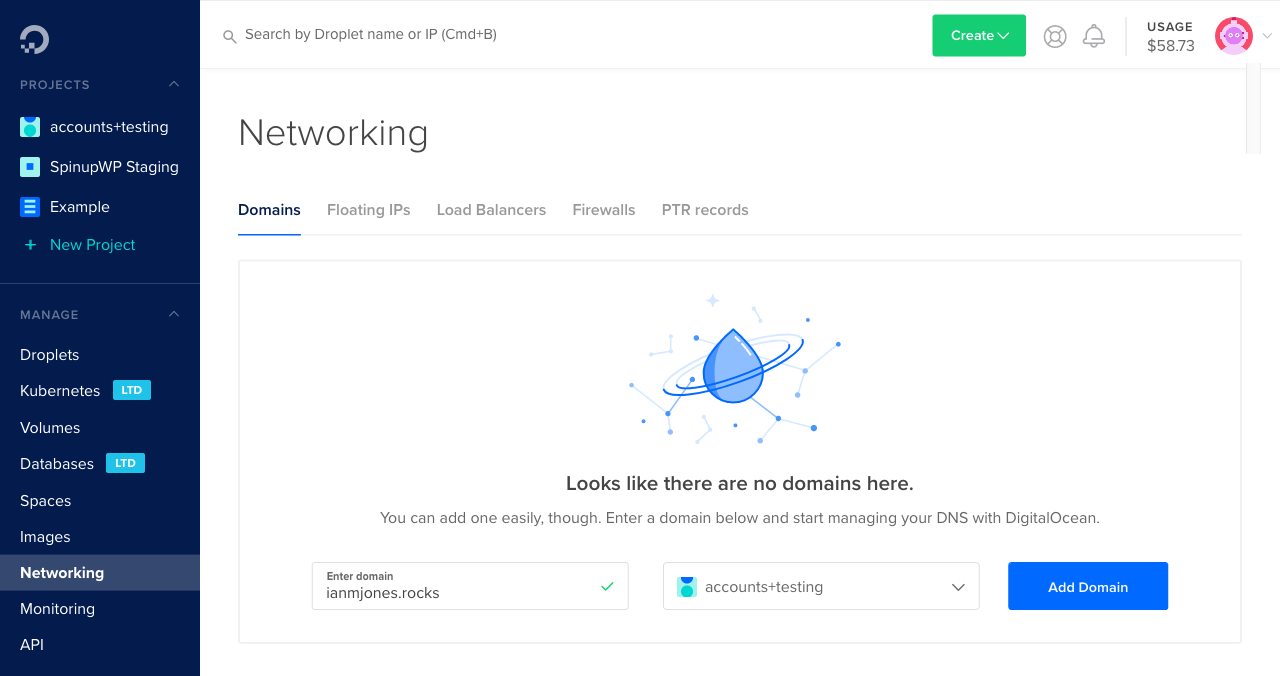

![The Complete Guide to DNS for WordPress Website [Ultimate]](https://www.wpglobalsupport.com/wp-content/uploads/2018/04/web-Dns-Concept-Domain-Name-Syste-225683152-1.jpg)
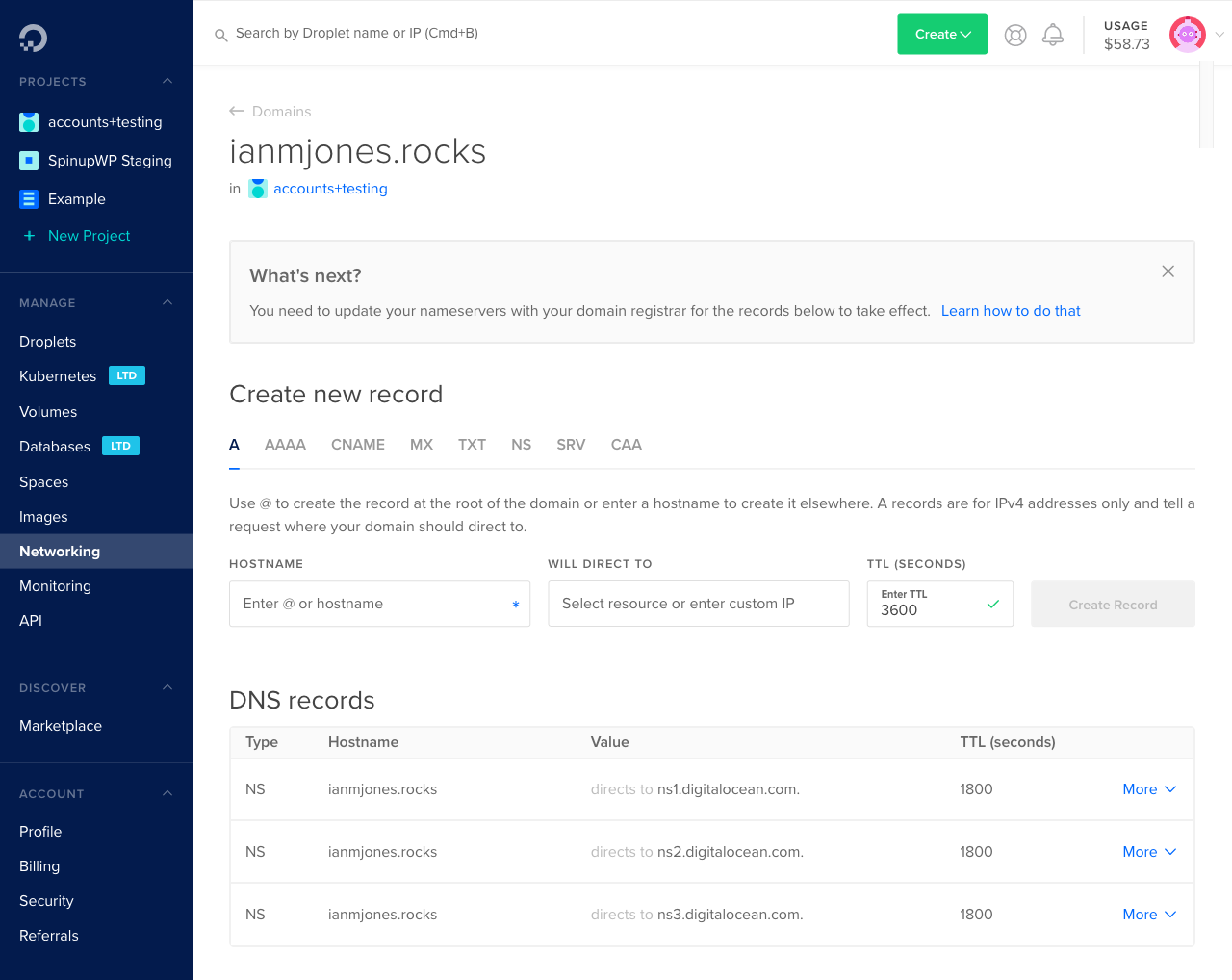
 Success in trial preparation requires diligence, attention to detail, and a willingness to work hard. Here are some strategies used by successful lawyers to prepare for trial: 1. Create a Game Plan Create a game plan that outlines the key elements of your case theory and the strategy you will use to succeed. This plan should be detailed and include tasks, timelines, and milestones. The more detailed your plan, the more likely you are to achieve success. 2. Master the Rules of Evidence A thorough understanding of the rules of evidence is critical to presenting a convincing case. Ensure that you have a clear understanding of the relevant rules and know how to apply them effectively. 3. Be Familiar with the Jurors Knowing your jurors can make a significant difference in how you present your case. Research the jurors and try to understand their backgrounds, interests, and beliefs. By developing a connection with the jurors, you can create a more persuasive argument. 4. Stay Calm and Confident Preparing for trial can be stressful. However, it is essential to remain calm and confident. This requires preparation, practice, and a positive attitude. Staying calm and confident will help you present a more convincing argument and reduce the chances of making a mistake.
Success in trial preparation requires diligence, attention to detail, and a willingness to work hard. Here are some strategies used by successful lawyers to prepare for trial: 1. Create a Game Plan Create a game plan that outlines the key elements of your case theory and the strategy you will use to succeed. This plan should be detailed and include tasks, timelines, and milestones. The more detailed your plan, the more likely you are to achieve success. 2. Master the Rules of Evidence A thorough understanding of the rules of evidence is critical to presenting a convincing case. Ensure that you have a clear understanding of the relevant rules and know how to apply them effectively. 3. Be Familiar with the Jurors Knowing your jurors can make a significant difference in how you present your case. Research the jurors and try to understand their backgrounds, interests, and beliefs. By developing a connection with the jurors, you can create a more persuasive argument. 4. Stay Calm and Confident Preparing for trial can be stressful. However, it is essential to remain calm and confident. This requires preparation, practice, and a positive attitude. Staying calm and confident will help you present a more convincing argument and reduce the chances of making a mistake.  Preparing for trial can be challenging, but it is essential to a successful outcome. Below are some steps to help you prepare for trial: 1. Gather Evidence Gathering evidence is a critical part of preparing for trial. This includes documents, photographs, expert reports, and witness statements. Ensure that you have all relevant evidence before trial begins. 2. Develop Your Case Theory Develop a case theory that clearly outlines your position and the arguments you will use to support it. This theory should be based on the law and supported by relevant evidence. 3. Prepare Your Witnesses Your witnesses can make or break your case. Therefore, it is essential to prepare them thoroughly. This includes reviewing their statements and ensuring that they are comfortable and confident when testifying. 4. Practice Your Statements Practice your opening and closing statements to ensure that they are clear, concise, and compelling. This will help you make a strong impression on the judge or jury and increase your chances of success.
Preparing for trial can be challenging, but it is essential to a successful outcome. Below are some steps to help you prepare for trial: 1. Gather Evidence Gathering evidence is a critical part of preparing for trial. This includes documents, photographs, expert reports, and witness statements. Ensure that you have all relevant evidence before trial begins. 2. Develop Your Case Theory Develop a case theory that clearly outlines your position and the arguments you will use to support it. This theory should be based on the law and supported by relevant evidence. 3. Prepare Your Witnesses Your witnesses can make or break your case. Therefore, it is essential to prepare them thoroughly. This includes reviewing their statements and ensuring that they are comfortable and confident when testifying. 4. Practice Your Statements Practice your opening and closing statements to ensure that they are clear, concise, and compelling. This will help you make a strong impression on the judge or jury and increase your chances of success.  A trial notebook is a critical tool in preparing for trial. It is a document that contains all relevant information and evidence related to the case. Here are some tips on how to prepare a trial notebook: 1. Organize Your Materials The trial notebook should be organized in a logical and easy-to-use manner. This means dividing the materials into sections and labeling each section clearly. 2. Include Relevant Documents The trial notebook should contain all relevant documents, including pleadings, motions, and discovery responses. Additionally, it should include witness statements, photographs, and other evidence. 3. Create a Witness List A witness list is a list of all the witnesses who will be called to testify at trial. It should include their names, addresses, phone numbers, and a summary of their testimony. 4. Use Dividers and Tabs Dividers and tabs can help you stay organized and make it easier to find information quickly. Use dividers to separate different sections of the notebook, and use tabs to identify specific documents or evidence. In conclusion, preparing for trial requires a combination of knowledge, preparation, and strategy. Organize your evidence, develop a compelling case theory, prepare your witnesses, practice your statements, and use technology to your advantage. By doing so, you can increase your chances of achieving a successful outcome.
A trial notebook is a critical tool in preparing for trial. It is a document that contains all relevant information and evidence related to the case. Here are some tips on how to prepare a trial notebook: 1. Organize Your Materials The trial notebook should be organized in a logical and easy-to-use manner. This means dividing the materials into sections and labeling each section clearly. 2. Include Relevant Documents The trial notebook should contain all relevant documents, including pleadings, motions, and discovery responses. Additionally, it should include witness statements, photographs, and other evidence. 3. Create a Witness List A witness list is a list of all the witnesses who will be called to testify at trial. It should include their names, addresses, phone numbers, and a summary of their testimony. 4. Use Dividers and Tabs Dividers and tabs can help you stay organized and make it easier to find information quickly. Use dividers to separate different sections of the notebook, and use tabs to identify specific documents or evidence. In conclusion, preparing for trial requires a combination of knowledge, preparation, and strategy. Organize your evidence, develop a compelling case theory, prepare your witnesses, practice your statements, and use technology to your advantage. By doing so, you can increase your chances of achieving a successful outcome.





